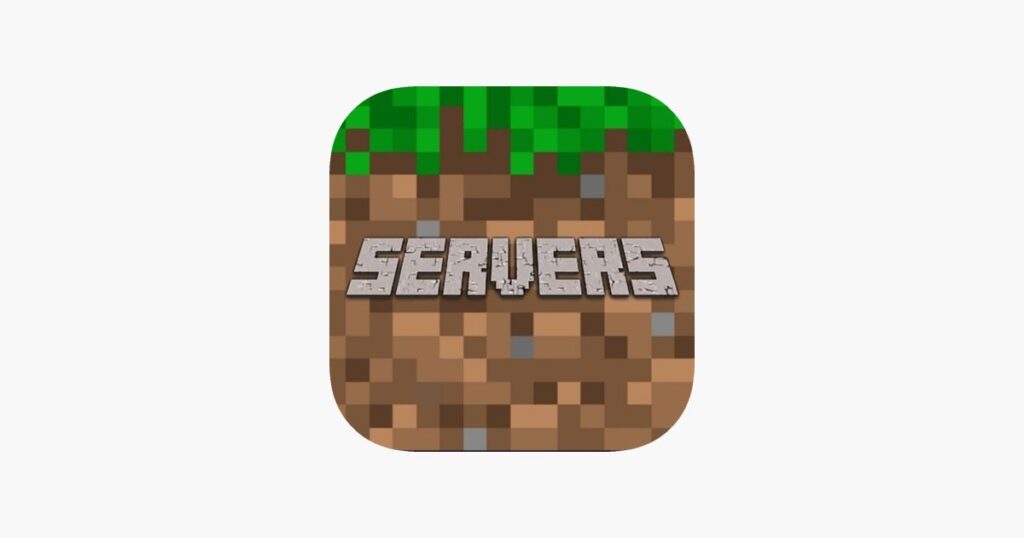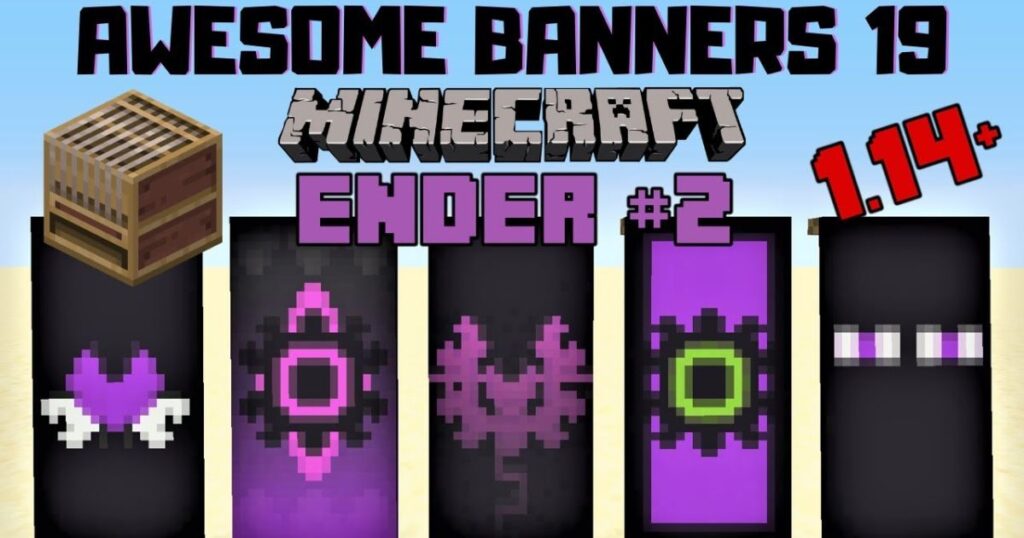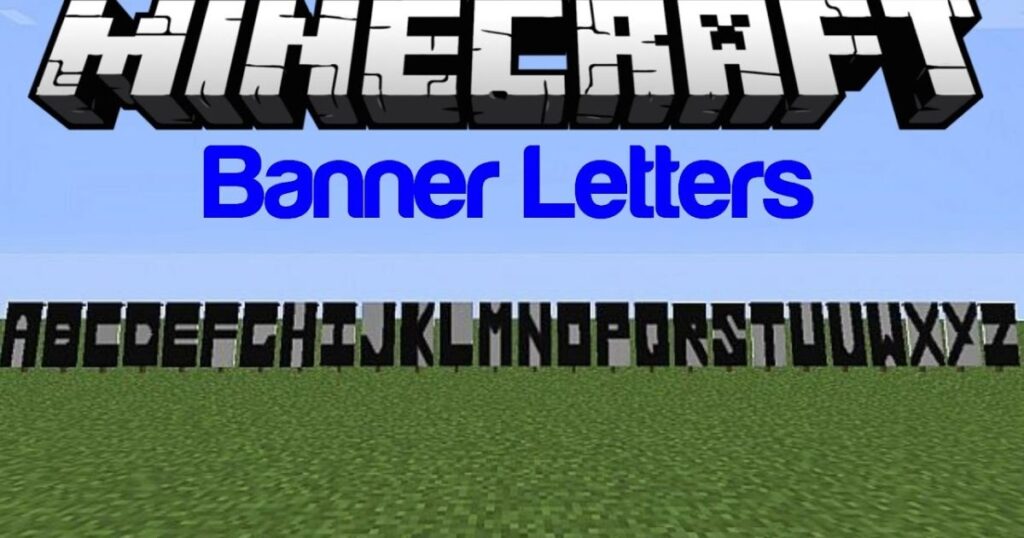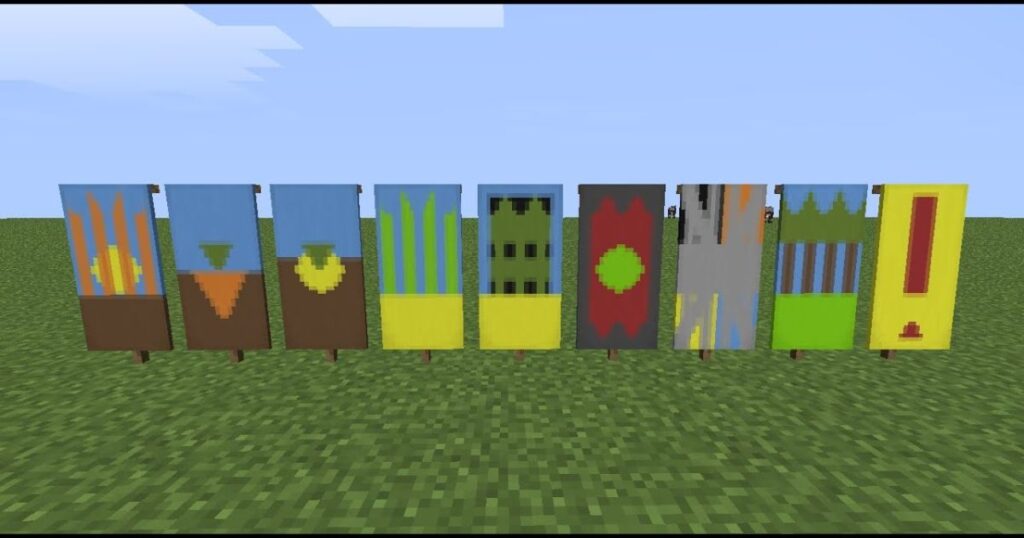Minecraft has undergone tremendous growth since its initial release in 2009. One of the most fascinating aspects of this game’s history is the evolution of its visual elements, including its icons and banners. Over the years, both of these key visual features have played a significant role in game branding and community engagement. Understanding how these designs changed provides a deep look into Minecraft‘s growth and the impact of its game graphics on players.
This article will dive into the journey of Minecraft icons and banners, from their early days in 2009 to the present day. We’ll look at the impact they’ve had on the game’s visual identity, and how these branding elements continue to evolve with time.
The Birth of Minecraft: 2009 and Its Initial Icons
The birth of Minecraft in 2009 introduced the gaming world to a completely new concept. The game, originally named “Cave Game,” later changed to Minecraft, and its visual elements reflected the simplicity of its gameplay. The first icons of Minecraft were simple and pixelated, matching the blocky design that the game is known for. These original icons represented the game’s humble beginnings and the minimalist design was a perfect fit for the sandbox experience it offered.
The first icons used for Minecraft’s launch were often seen on its early versions, as well as on Minecraft’s website and promotional materials. These icons were pixelated icons, giving players a taste of what to expect in the game itself. At the time, these designs were functional, but also deeply reflective of the game’s aesthetic, which focused on block-building and exploration. The original icons helped establish the game’s identity and laid the foundation for future updates.
The Genesis of Minecraft
Minecraft’s early days were marked by simple yet effective visuals. The initial graphics in the game were created by Markus “Notch” Persson, the game’s creator. He wanted the visual identity to align with the sandbox world, which allowed players to build with blocky materials and explore freely. This pixel art aesthetic shaped the game’s icon evolution and provided a foundation for the game’s future growth.
Early Game Icons
In 2009, the early game icons reflected the raw, unpolished nature of the game. The icons featured a pixelated block, usually dirt or stone, to represent the game. As the game gained popularity, these early icons became synonymous with Minecraft itself. The blocky design was intentional, aiming to emphasize the game’s sandbox mechanics. These original icons became the hallmark of Minecraft and contributed to its early success.
Significance of the Early Icons
The significance of these early icons cannot be understated. They not only represented the game’s launch but also communicated the minimalist design philosophy behind Minecraft. These visual elements helped differentiate Minecraft from other games, drawing in players with its unique aesthetic. The game branding started with these icons, shaping the game’s future as they became widely recognized by Minecraft players.
The Evolution of Minecraft Icons

As Minecraft grew in popularity, so did the need for more refined icons that reflected the game’s evolution. Over time, the icon updates showcased how the visual elements adapted to changes in the game’s aesthetic and the growing player base. The shift from the minimalist design of 2009 to more polished icons mirrored the game’s growing professionalism.
The game’s logo also underwent changes, especially when Minecraft was released on various platforms. These platform-specific icons had to maintain visual consistency across different editions of the game. The design updates were aimed at maintaining brand recognition while still reflecting the game’s growth.
Transition to a More Polished Look
As Minecraft became more mainstream, its visual identity evolved. The icons transitioned from simple pixelated blocks to more polished and detailed versions. The most iconic update was the grass block icon, which became a staple of the game’s branding elements. This change signaled a shift towards a more professional look while staying true to the blocky design that players loved.
Icon Variations Across Platforms
One of the challenges with Minecraft’s growth was creating icons for different platforms. The Java Edition, known for its classic blocky look, had a different visual feel compared to the Bedrock Edition, which was designed for consoles and mobile platforms. These platform-specific icons had to adapt to different media channels, keeping visual consistency while still respecting the platform’s design limitations.
Icon Updates and Branding
Through the years, Minecraft icons have seen numerous updates, yet the core visual identity has remained intact. Each update to the game’s iconography was carefully aligned with the game’s branding strategy. The icon evolution ensured that players could easily recognize Minecraft, whether it was through marketing materials or Minecraft products in stores. The refined icons not only enhanced the game’s branding but also helped with its marketing strategy.
The Role of Banners in Minecraft

The introduction of banners in Minecraft added a new layer of visual elements to the game. Banners were first introduced in version 1.8 and quickly became popular among Minecraft players. They gave players the ability to create custom banners using dyes and patterns, which could be displayed as decoration items or used for identification in the game.
The introduction of banner customization allowed for a wide variety of player creations. Players could use design templates and patterns to craft unique banners that reflected their personalities and style. The ability to customize banners created a new avenue for player engagement.
Introduction to Banners
The addition of banners was a game-changer for Minecraft. They allowed players to decorate their worlds with flags, making the game even more personal. Banner crafting became a popular mechanic, with players using dyes and patterns to create their own unique Minecraft flags.
Banner Design Mechanics
Banner design in Minecraft involves using a variety of patterns and dyes. Players can craft custom banners by combining different materials to achieve their desired look. This process has become an essential part of the creative projects in the game. Players enjoy sharing their designs in online forums and participating in Minecraft events.
Impact of Banners on Minecraft Community
The introduction of banners sparked immense creativity within the Minecraft community. Players began creating fan art and showcasing their banner designs on online forums. The ability to create and display custom banners enhanced player interaction, allowing for more shared designs and online collaboration among Minecraft players.
The Impact of Minecraft Icons and Banners on Branding

Both icons and banners have significantly influenced Minecraft’s branding over the years. The game’s visuals have not only helped with brand recognition but have also played a critical role in merchandising and marketing. The branding elements present in icons and banners are instantly recognizable, which has helped solidify Minecraft as a cultural phenomenon.
The game’s merchandise and promotional materials have often featured these visual elements, further boosting the game’s presence in the market. From clothing to toys, the iconic visuals of Minecraft have become synonymous with the brand, aiding its long-term success.
Branding and Recognition
Minecraft’s logo and icons have played a critical role in building the game’s visual identity. The recognizable icons have helped create brand loyalty among players, making them more likely to engage with the game. The refined icons contribute to brand recognition, ensuring that players instantly associate the visual elements with Minecraft.
Marketing and Merchandising
The influence of icons and banners goes beyond just the game. They’ve become essential parts of Minecraft’s marketing strategy. The branding elements are featured in a wide array of Minecraft products, including toys, clothing, and other merchandise. This widespread use of visual elements helps maintain Minecraft’s presence across various media channels.
Community Engagement
The impact of icons and banners extends to the Minecraft community as well. Players love to engage with the visual elements, whether through creating fan art or participating in creative projects. Icons and banners serve as a means for player interaction and community engagement, fostering a strong sense of belonging among Minecraft players.
The Future of Minecraft Icons and Banners

As Minecraft continues to evolve, so will its icons and banners. The future promises even more design updates and graphic improvements as the game grows. Players can expect new platform adaptations, enhanced visual consistency, and even more banner customization options.
With Minecraft’s growth, its visual identity will likely continue to evolve. New technologies and design trends will shape future icon evolution, ensuring that Minecraft remains a leader in the gaming industry.
Evolving Design Trends
Future design trends will undoubtedly influence Minecraft’s visuals. We can expect more sophisticated graphic updates and refined icons that still maintain the blocky design players love. The game will likely adapt to newer platforms, requiring even more visual consistency across different editions.
Expanding Platforms and Media
As Minecraft expands into new platforms, its icons will continue to evolve. The game is already present on consoles, PC, and mobile devices, but new platforms such as virtual reality may require additional icon variations. The game’s branding elements will need to adapt to these changes while maintaining their iconic status.
Continued Community Involvement
The Minecraft community will remain a driving force in the visual evolution of the game. Player engagement will continue to shape the future of banner designs and icon updates. As Minecraft grows, so will the creativity and input from its dedicated fan base.
Also read this: QXEFV: The Game-Changing Business Metric You Need to Know
Conclusion
The evolution of Minecraft’s icons and banners since 2009 highlights the game’s incredible growth and visual development. From its early pixelated icons to the polished branding elements seen today, Minecraft’s visuals have become iconic. As the game continues to expand into new platforms and embrace evolving design trends, its visual identity will undoubtedly remain a key part of its success. The community will also continue to play a vital role in shaping these visual elements, ensuring that Minecraft stays fresh and engaging for years to come.
